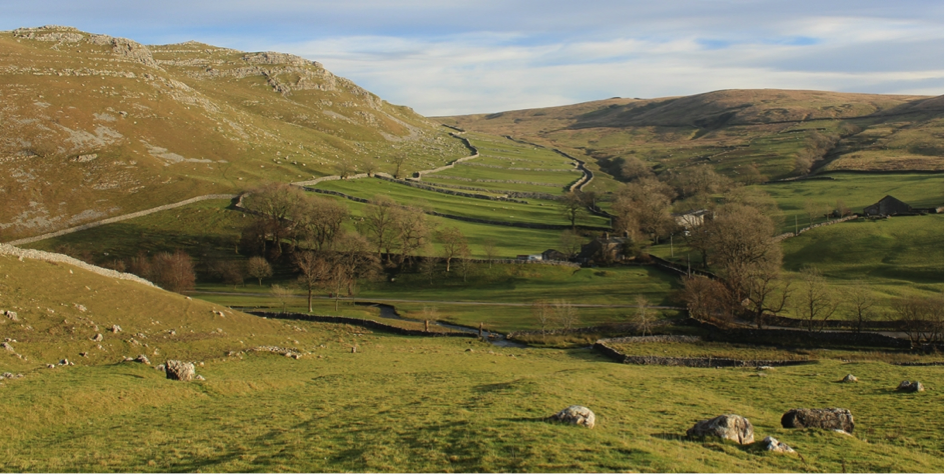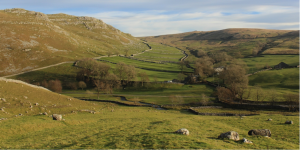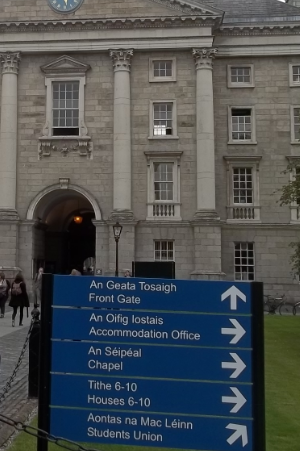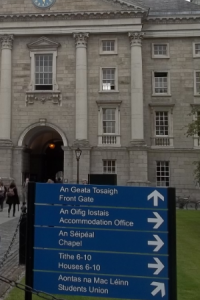The phenomenon you actually came across
White saviourism. Now, you’ll probably ask yourself, what the f*ck is that? But let me tell you, you’ve definitely come across it on social media. Let’s divide the term into its two parts: first, there’s the ‘White’ part. This part’s definitely about skin colour, more precisely: the power of the privileged. Saviourism, on the other hand, comes from the word ‘to save’, so let’s put 1+1 together: we are talking about White, privileged people going into developing countries, thinking their intervention is helping people, while actually causing damage and showing off. There are a number of aspects that can be wrong about travelling to a foreign country trying to “help” people. The complexity and depth of the phenomenon is huge, consequently I’ll only tip the surface of this matter
The helping trend that causes damage
To me, it feels like there’s kind of a trend that’s been around in recent years, a trend to travel around the globe, trying to do something good for three weeks. But have you thought about the fact that, very often, the ‘work’ foreign people try to fulfil is either a very temporary thing, which doesn’t help anybody long-term, or an opportunity to improve their CV at home? Dear Reader, go back and re-read the last sentence: did you stumble across the verb ‘to try’? Exactly. White saviours try to do something good, but trying to help in the necessary areas without any education or skills is, sadly, incredibly useless.
Speaking about skills: what are the skills that are needed in a developing country? The first thing that comes to my mind is medicine. People who have a medical education might achieve a little bit more than an 18-year-old high school graduate – no offence intended. And there are organisations with trained doctors who actually do that work, like Doctors Without Borders. What these organisations need is money and equipment, not another tourist who’ll fly back home after a few weeks. Add that to the fact that many poorer countries are struggling with unemployment: when there are enough locals looking for work, who could easily be occupied long-term in the job a traveller does for two weeks, you’re not helping. Your work is not just unsustainable, you’re actively stealing a job from a local.
Missions can backfire
An incident from the year 2009 shows how wrong those missions can go. Renee Bach, a would-be aid worker, practised medicine without any medical education. As a consequence, several children died. Two mothers have sued her and the case will be discussed in court in January 2020. Even the Guardian published an article about the White saviourism phenomenon, referring to Bach. One important factor in White saviourism seems to be social media and people’s wish to represent themselves as caring, thoughtful people. However, the issue that comes along with being in public is that you should be very careful about what lies in your abilities and what’s the real reasons for the work you’re doing. Nevertheless, you can find the White saviour on several social media platforms, holding hands with little, unprivileged kids. Below the pictures, they are referring to all the ‘good’ work, they’re doing. Sadly, they actually don’t see what the real issues are and don’t realize what the people’s needs are. Still, they post a picture without knowing one thing about the individuals and their history.
The issue isn’t only discussed on social media, but also in movies like Green Book (2018) or Hidden Figures (2016), which are telling stories about White Saviours. Don’t get me wrong, I think organisations like UNICEF are great and they’re actually doing something good. It’s just that, maybe, instead of flying there, polluting the world, people in need might be in better hands, if we just donate to these organisations. Even if that means we don’t get any nice pictures for our timeline.
author: Carolin Bruckert

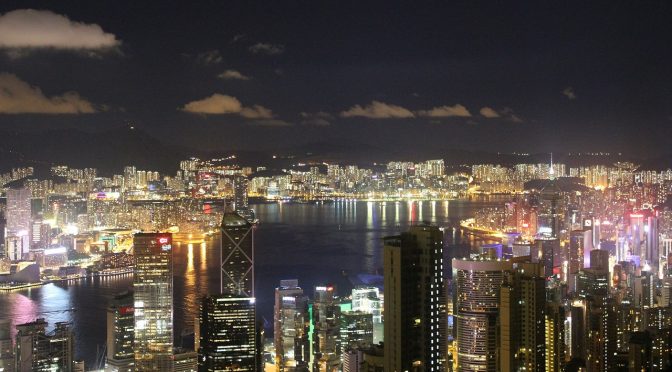
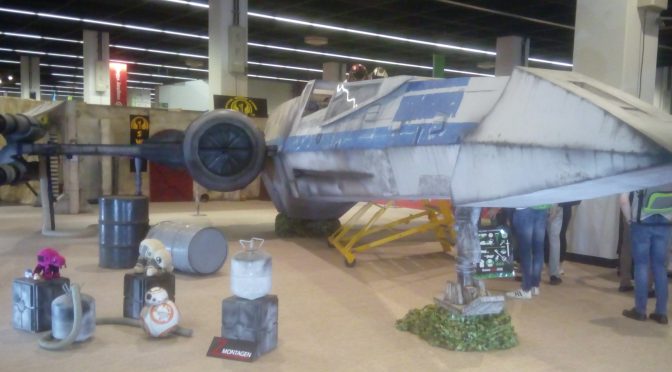
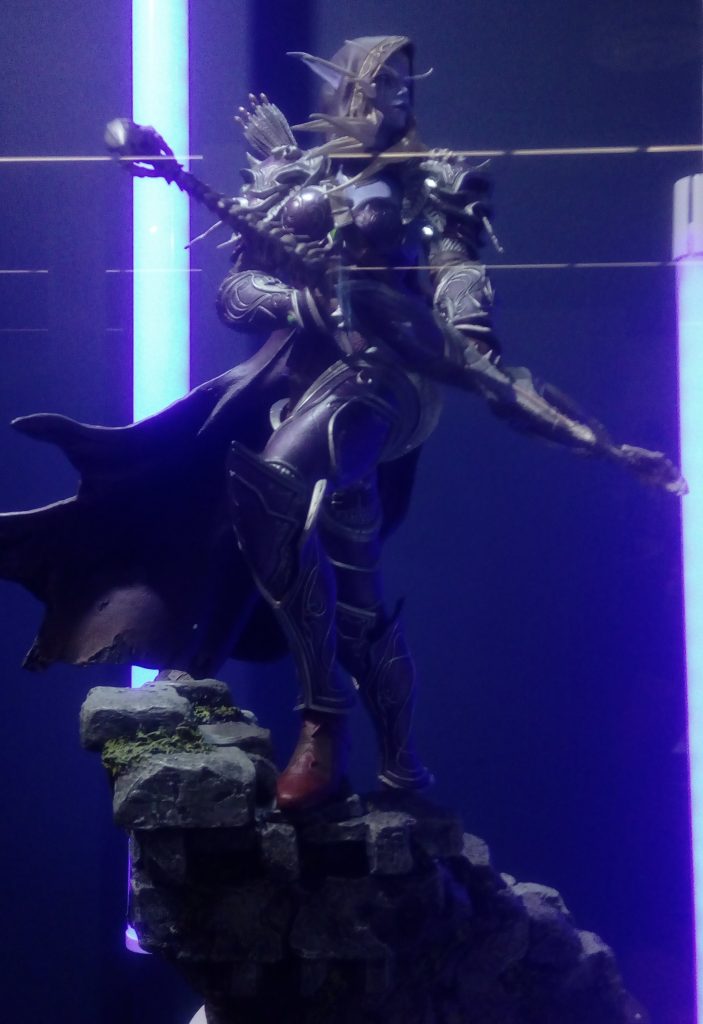
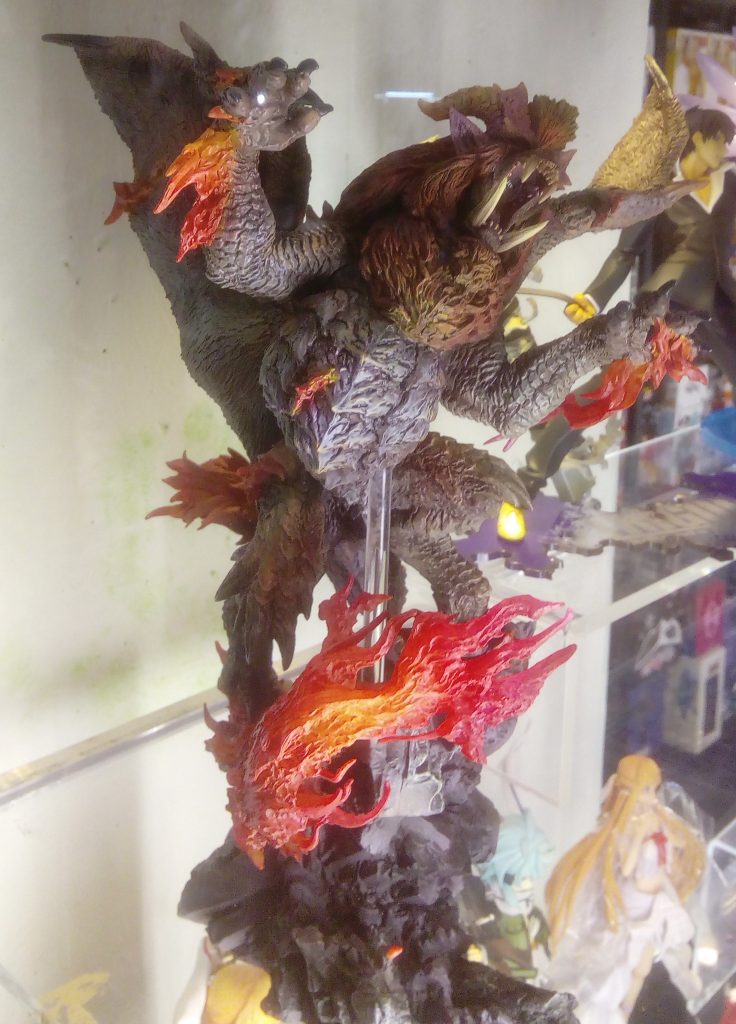
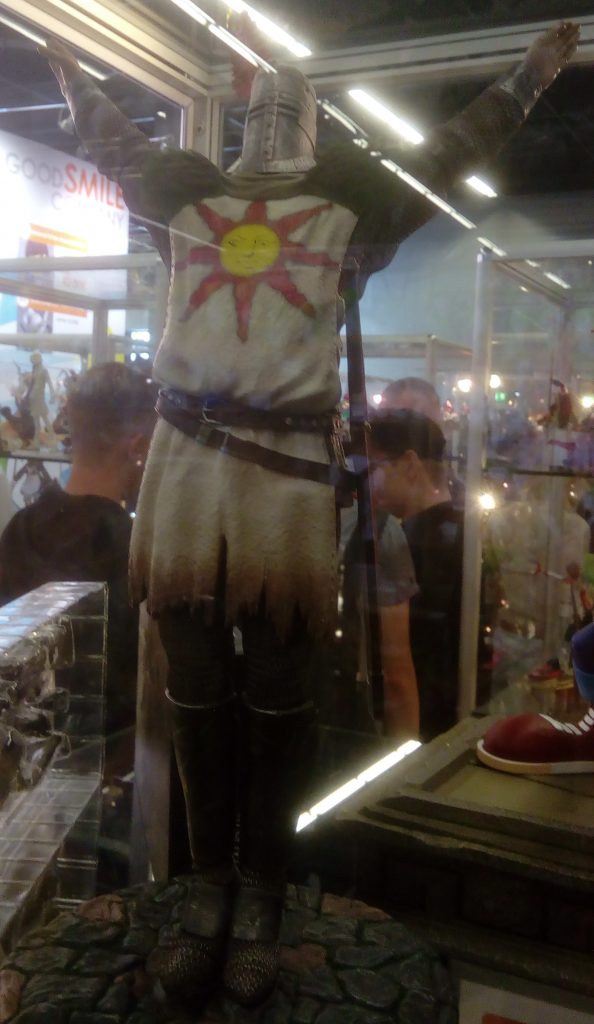
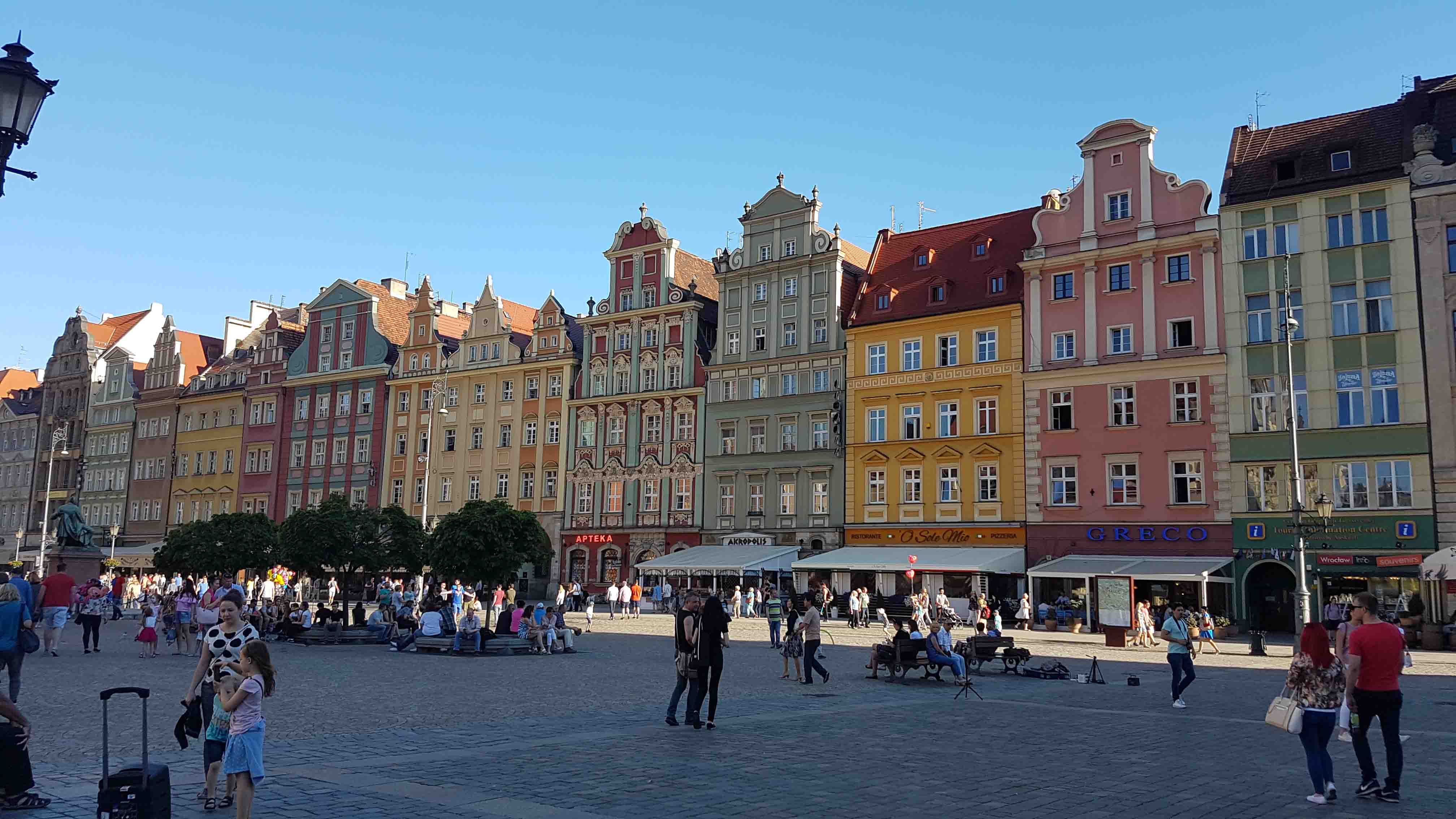
 You might be asking yourself why, of all great cities in Europe, I chose to write about Wroclaw. Although I was born in Warsaw and grew up in Germany, I’ve spent all my summers in Wroclaw with my grandparents. The city has always meant a lot to me and I feel like it’s not getting enough recognition, especially among younger people. If you’re planning to visit Poland some time, and have Warsaw or Gdansk in mind, let me tell you that Wroclaw is a much better alternative and has a lot more to offer, especially for university students.
You might be asking yourself why, of all great cities in Europe, I chose to write about Wroclaw. Although I was born in Warsaw and grew up in Germany, I’ve spent all my summers in Wroclaw with my grandparents. The city has always meant a lot to me and I feel like it’s not getting enough recognition, especially among younger people. If you’re planning to visit Poland some time, and have Warsaw or Gdansk in mind, let me tell you that Wroclaw is a much better alternative and has a lot more to offer, especially for university students. 724 kms north-east of our beloved Augsburg lies a city packed with culture, delicious food, craft beer and dwarfs. Dwarfs? Why yes one of Wroclaw’s trademarks is little dwarf statues, which are spread all around the city. They can serve as a guideline to explore the city or just be stumbled upon while walking around freely. Just make sure to keep an eye out for them.
724 kms north-east of our beloved Augsburg lies a city packed with culture, delicious food, craft beer and dwarfs. Dwarfs? Why yes one of Wroclaw’s trademarks is little dwarf statues, which are spread all around the city. They can serve as a guideline to explore the city or just be stumbled upon while walking around freely. Just make sure to keep an eye out for them. Summer is one of the best times to travel and explore new cities, but what if it gets too hot? Well worry not, there are a lot of different ice-cream shops around the city, among them Ice Rolls Wroclaw. Made right before your eyes, the fresh, creamy deliciousness will not only cool you down but make you enjoy ice cream in an entirely new way.
Summer is one of the best times to travel and explore new cities, but what if it gets too hot? Well worry not, there are a lot of different ice-cream shops around the city, among them Ice Rolls Wroclaw. Made right before your eyes, the fresh, creamy deliciousness will not only cool you down but make you enjoy ice cream in an entirely new way.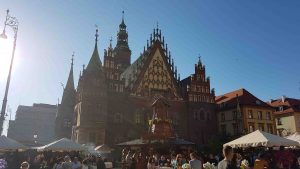
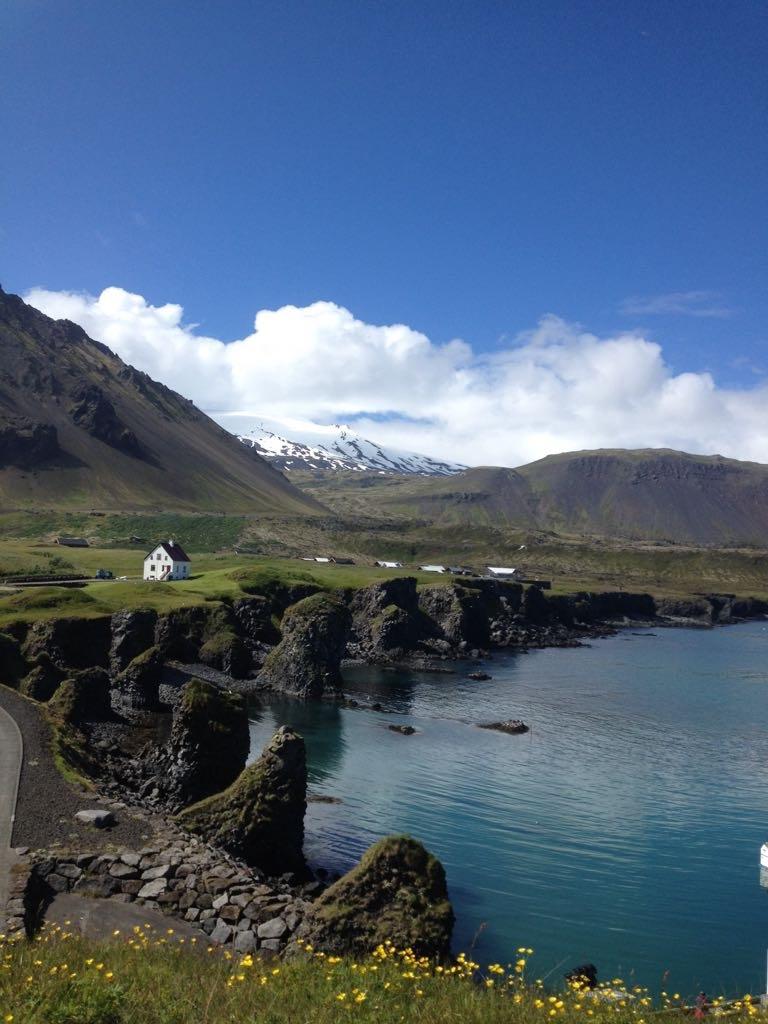
 In recent years Iceland had been in the news a few times, especially during the European Football Championship 2016, when as many as 10% of the nation’s total population visited France to cheer for their team and subsequently charmed the other nations with their jovial demeanor. This, in turn, caused a surging interest in Iceland, especially in vacations there. Even the author of this article, otherwise couchpotato extraordinaire, got interested and took a hiking trip on the island.
In recent years Iceland had been in the news a few times, especially during the European Football Championship 2016, when as many as 10% of the nation’s total population visited France to cheer for their team and subsequently charmed the other nations with their jovial demeanor. This, in turn, caused a surging interest in Iceland, especially in vacations there. Even the author of this article, otherwise couchpotato extraordinaire, got interested and took a hiking trip on the island. Small-town charm
Small-town charm

